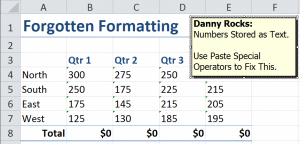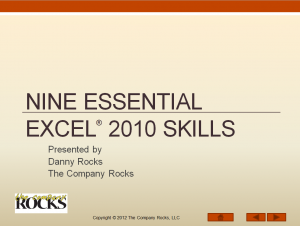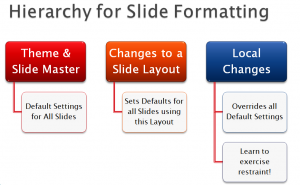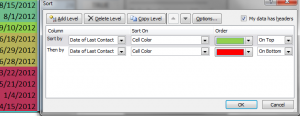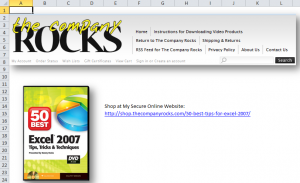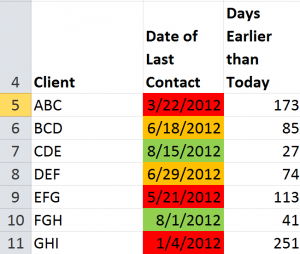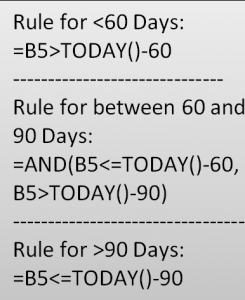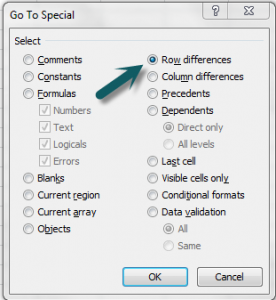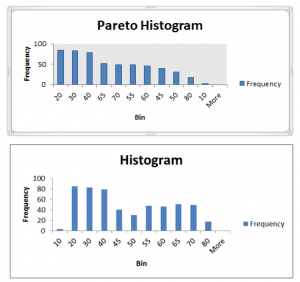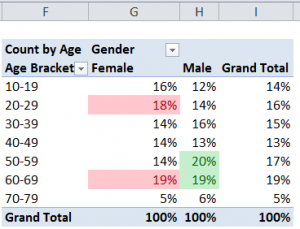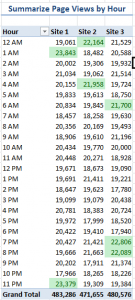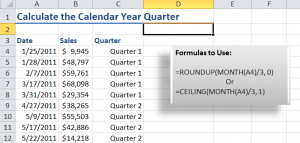In my previous tutorial, I demonstrated how to clear all text formatting from all slides in a PowerPoint Presentation. Several viewers contacted me about publishing a tutorial that demonstrates how to clear formatting from ranges of cells in Excel.
Use the Clear Formatting Command
From my experience, I had found that a great many Excel users expect that formatting as well as contents are cleared when you press the Delete Key. This is not the case. The Delete Key only clears the contents of the cells in the selected range.
Use the Clear Formatting Command in the Editing Group on the Home Tab of the Ribbon. If you are using Excel 2003 or earlier, you will find this on the Edit Menu.
Numbers Stored as Text
As a Best Practice, I strongly recommend that you verify that the numeric values that you will be using in formulas are truly numbers and not numbers stored as text. This, unfortunately is a common case whenever you are working with data that has been imported from a main frame computer or other external sources. In this lesson, I demonstrate how to use Paste Special Operators to quickly convert numbers stored as text to true numeric values.
Nine Essential Skills for Excel
I cover, in-depth, Entering and formatting data as well as using Paste Special Options on my new video resource, “Nine Essential Skills for Excel.”
- Four hours of video training
- 25 individual video tutorials
- Step-by-Step Instructional Guide
- Excel Practice Files included
Download It or Order My DVD-ROM
- 9 Essential Skills for Excel 2010 on DVD-ROM
- 9 Essential Skills for Excel 2007 on DVD-ROM
- 9 Essential Skills for Excel 2010 – Downloadable Version
- 9 Essential Skills for Excel 2007 – Downloadable Version
Watch My Tutorial in High Definition
Follow this link to watch my Excel Tutorial in High Definition on my YouTube Channel – DannyRocksExcels
